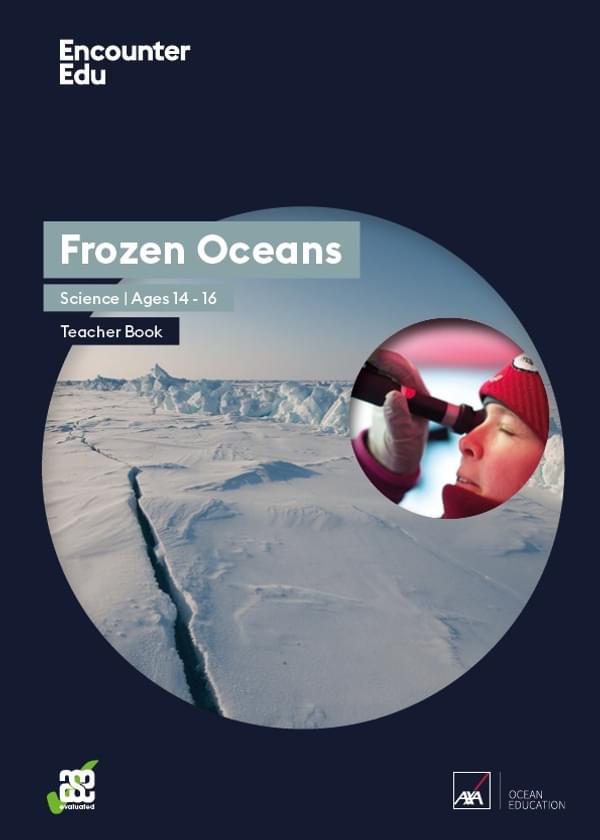Learn more: What is vertical migration?
One of the elements that was included in the research paper that was left out of the data analysis task was the relevance of vertical migration.
The science team measured a variety of different chemical and physical properties of the ocean at different depths, including pH. The graph above shows two lines for pH. The black line is based on data gathered by the Catlin Ice Base scientists. The grey line shows predicted levels of pH assuming a 0.4 unit decrease in ocean acidity. The graphs show that there are varying levels of pH at different depths.
Copepods live at different depths as well. They feed at night on phytoplankton (algae) near the surface and then descend deeper during the day to avoid predators. The graph above shows the different levels of vertical migration for different species of copepod, as well as nauplii (copepod larvae).
The data sets examined in this resource booklet are adult Calanus (a genus of copepod) and nauplii from both Calanus and Oithona genera. You can see that adult Calanus have a large vertical range and so are exposed to a wider range of pH levels during their lives. The nauplii have a shorter range and so experience less of a variation in pH levels.
The research found that species and life stage sensitivities to future ocean acidification levels were correlated with their vertical migration behaviour, i.e. with their natural exposure to different range of pH.

